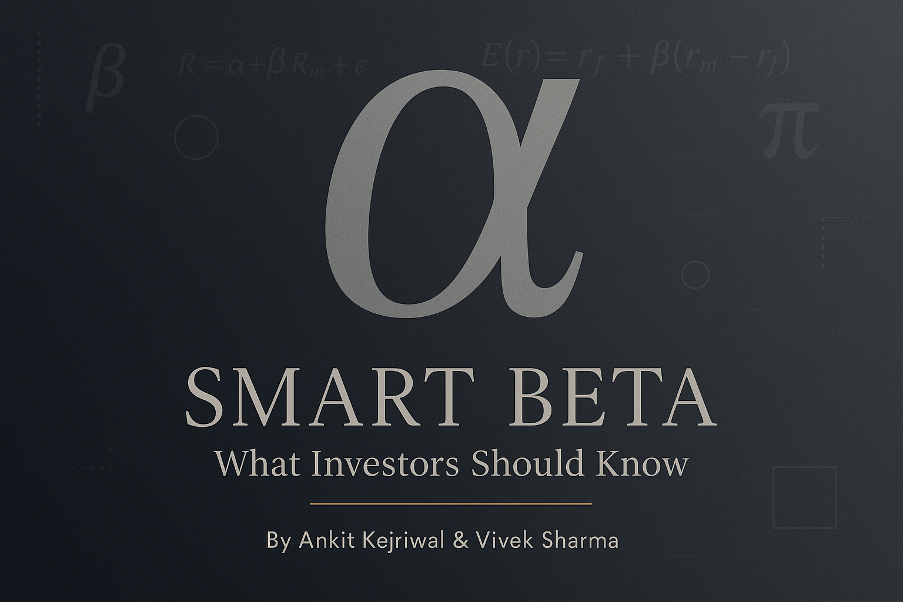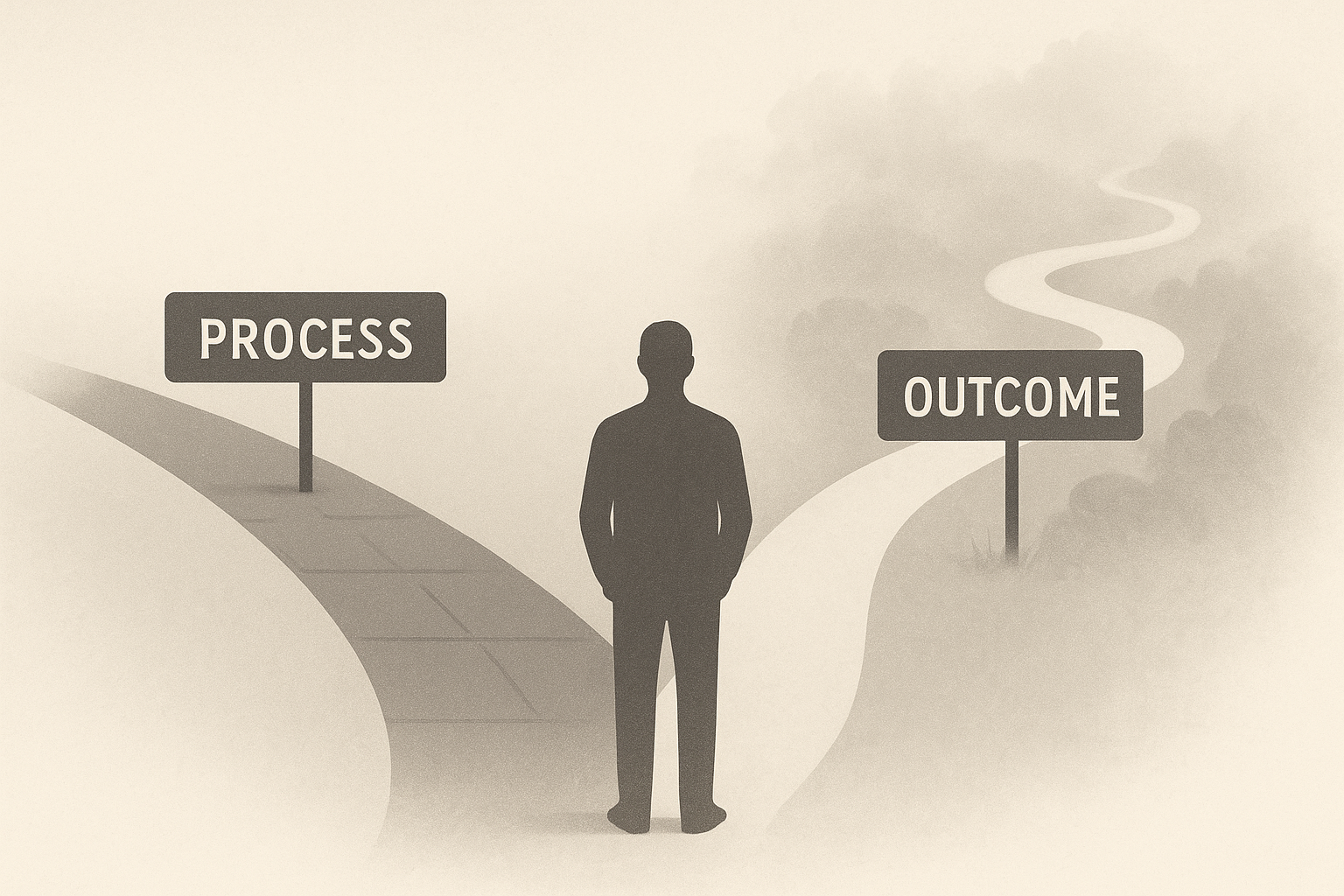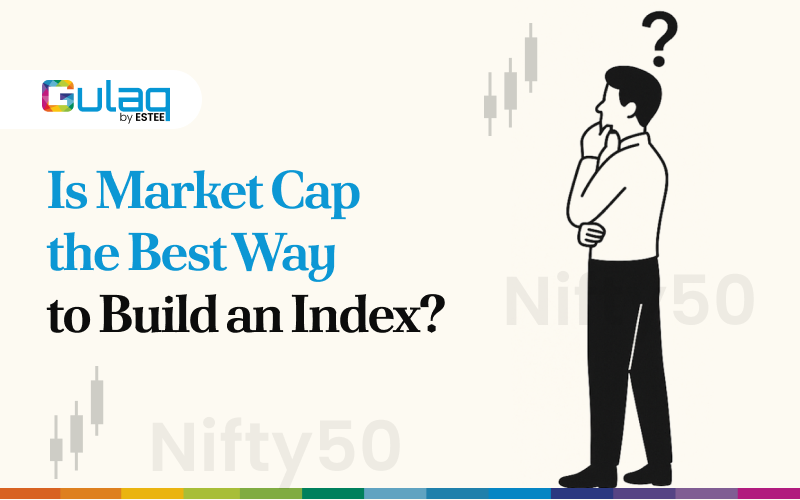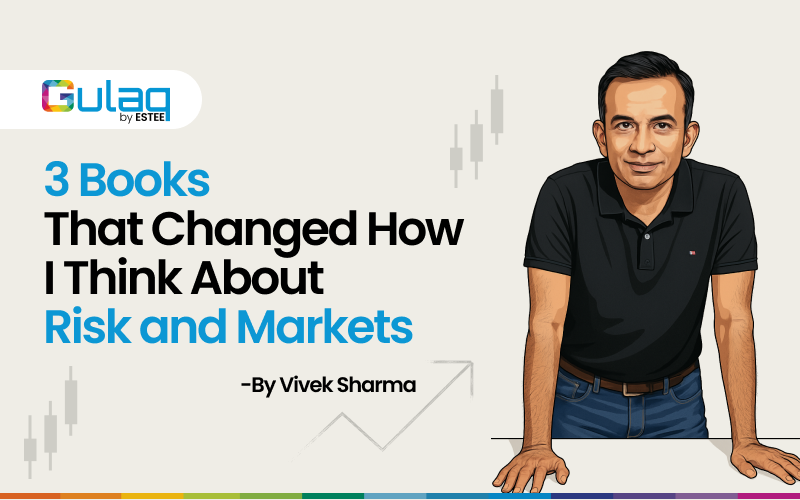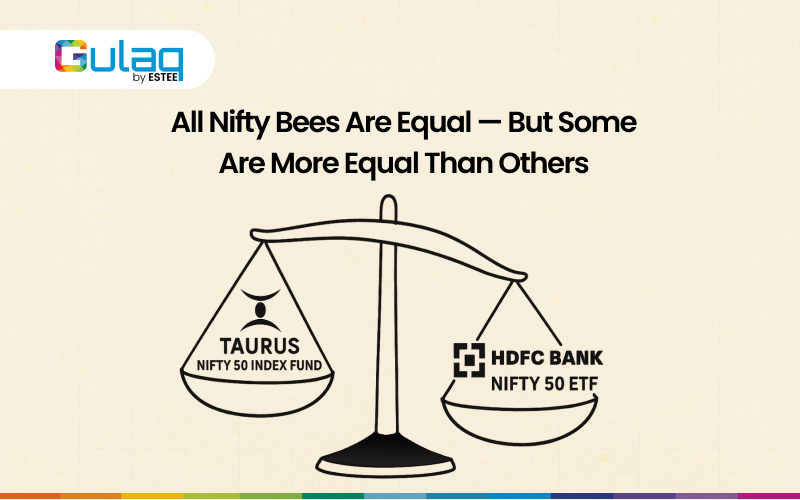
Problem of Investing with Star Fund Managers
Investors have long elevated certain fund managers to celebrity status, creating a cult-like following around them. These star managers wield immense influence over the investing community, often making headlines, and the stocks they buy can skyrocket overnight. Over time, their identity becomes so intertwined with the fund itself that the fund and its manager become the same thing.
While this fame brings fund managers and asset management companies (AMCs) immense prestige and wealth, it does not necessarily benefit investors. In this article, I will discuss the key problems associated with investing in star fund managers.
The Problem of Size
One of the primary challenges of investing with star fund managers is that their funds can grow too large to be managed effectively. As assets under management (AUM) swell, the opportunity set shrinks—investments that once seemed lucrative become too small to warrant attention.
As of December 2024, the 90th percentile of flexicap fund size stood at $2.7 billion. Flexicap funds invest in the top 500 companies, which have a median market capitalization of $2.6 billion [Source: companiesmarketcap]. If we assume an equally weighted portfolio of 25 stocks, a flexicap fund at the 90th percentile would own more than 4% of a median company.
For top funds like Parag Parikh, which have an AUM exceeding $10 billion, the average ownership in the median company can climb as high as 16%Given that many small-cap companies suffer from corporate governance issues, the opportunity set erodes even further.
The revenue structure of AMCs is tied to the amount of funds they manage, making it difficult to turn away new money. Warren Buffett once said in an interview, “Anyone who says that size does not hurt investment performance is selling. The highest rates of return I’ve ever achieved were in the 1950s. I killed the Dow. You ought to see the numbers.” He added, “I think I could make you 50% a year on $1 million. No, I know I could. I guarantee that.”
Cathie Wood, CEO of ARK Investments, saw her Innovation Fund skyrocket in 2020, delivering a staggering 152.8% return, crushing the rest of the market. Investors took notice, and the fund’s AUM ballooned from under $2 billion at the start of 2020 to $18 billion by year-end, peaking at $27 billion in early 2021.
Wood dominated the headlines of every major financial media outlet, and stocks she bought or sold became the hot topic of discussion. However, deploying such a vast amount of capital soon became a significant problem. In 2021, her fund delivered a -23.4% return, vastly underperforming the S&P 500’s 27% return. The following year was even worse, with the fund declining by -67%. Although the fund has since recovered somewhat, its average performance is dwarfed in comparison to what investors could have earned in a simple passive S&P 500 index fund.
The Problem of Overconfidence
The second problem with star managers is that they can sometimes become overly confident in their abilities. Media houses and investors look up to them for guidance, as they have an impressive track record to back their talk. This, however, can sometimes lead them to overestimate their abilities and start operating outside their circle of competence.
Anthony Bolton, for instance, considered to be one of the greatest investors to ever do it, managed the Fidelity Special Situations Fund for 28 years, from 1979 to 2007, and delivered a spectacular annualized return of 19.5% compared to the market’s 13.5%.
A couple of years after his retirement, Bolton tried to make a comeback and replicate his success, this time in China. However, the fund failed miserably and had to be closed within a few years of inception.
Bolton, who had built his success investing in developed market equities, underestimated the risks related to corporate governance failures that come with investing in developing market equities.
His competence lay in investing in equities with strong corporate governance practices and institutions that upheld the law. However, when he entered the Chinese market, the same fundamentals could not be applied.
The Problem of Unrestricted Control
Lastly, star fund managers often hold disproportionate influence over how their funds are managed. They either run their own fund or hold significant power within the AMC. This makes it difficult for others in the organization to challenge their ideas and decisions.
Neil Woodford was Britain’s answer to Warren Buffett. The BBC labeled him as “the man who cannot stop making money.” He successfully navigated the global financial crisis (GFC) and had an outstanding track record.
Woodford had remarkable success investing in pharmaceutical companies and was keenly interested in new-age biotech companies—an area traditionally dominated by venture capitalists rather than mainstream funds. To gain more freedom over investment decisions, he departed from Invesco Perpetual to set up his own fund.
With full control over investment decisions, these companies became a far more prominent feature of Woodford’s investment approach. The problem, however, was their liquidity. While Woodford’s fund terms offered investors daily liquidity, investments in illiquid biotech companies were incompatible with that.
This fundamental mismatch can remain hidden during good times when new money is flowing in. However, when the inevitable rough patch appeared and investors started withdrawing money, Woodford had to sell his positions in large listed securities to meet redemption obligations. This inadvertently increased the portfolio’s exposure to these risky unquoted securities, leading to a breach of regulations regarding the exposure of such companies in public investment funds. Ultimately, Woodford was suspended from running the fund.
Bottom Line
Investing with star fund managers is not necessarily a bad idea. However, as detailed above, it does come with a fair share of challenges. While their celebrity status helps them amass immense wealth, the same is not necessarily true for investors.
Joe Wiggins, author of The Intelligent Fund Investor and an experienced fund investor, goes as far as to say that one should never invest with star fund managers. While not every star fund manager experiences a catastrophic downfall like the examples detailed above, probabilistically, they are unlikely to repeat their past success. If a fund manager is a star, it’s probably too late already.
Related Posts
Smart Beta Strategies: What Investors Should Know Before Investing
Smart Beta Strategies: What Investors Should Know Before Investing As of August 2025, Indian mutual…
Process Matters More Than Outcome
I have spent nearly a decade of my life trading energy derivatives, and today I…
Is Market Cap the Best Way to Build an Index?
Nifty 50 is a free-float weighted index – a slight variation of market cap weighted…
3 Books That Changed How I Think About Risk and Markets
Over the past two decades, I’ve built a quiet but consistent habit — reading. Not…

